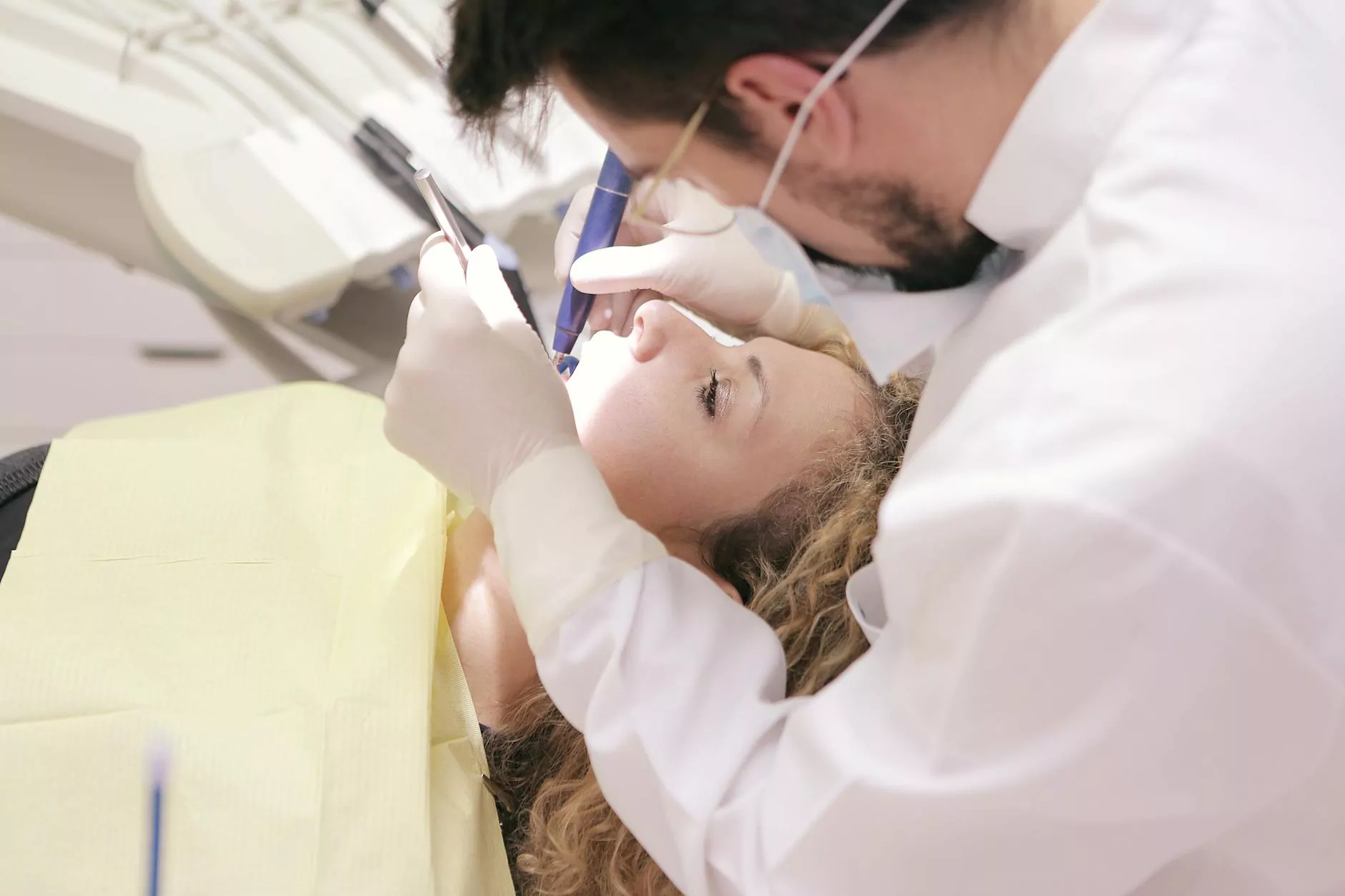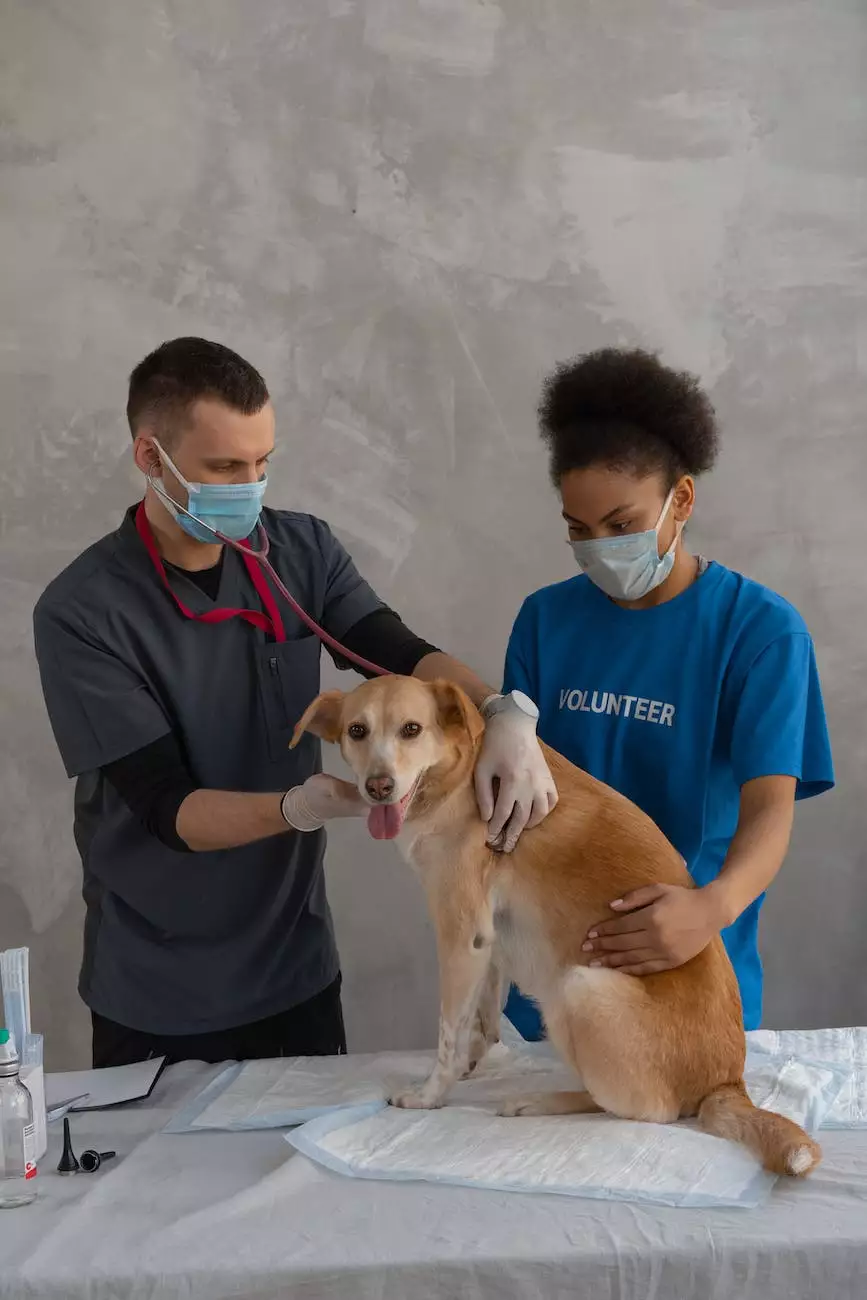MPOX Explained

What is Monkeypox?
Monkeypox is a rare viral disease that belongs to the same family as smallpox. It was first discovered in 1958 when outbreaks occurred in monkeys kept for research purposes, hence its name. Primarily found in central and West African countries, Monkeypox can be transmitted from animals to humans.
Causes of Monkeypox
The primary cause of Monkeypox is believed to be through contact with animals carrying the virus, such as rodents, monkeys, or other wildlife. Human-to-human transmission can also occur through respiratory droplets, bodily fluids, or by direct contact with infected skin.
Symptoms of Monkeypox
Monkeypox symptoms typically appear within 5-21 days after exposure to the virus. Initial symptoms may include fever, headache, muscle aches, and fatigue, which are followed by a rash. The rash progresses to form characteristic fluid-filled blisters that eventually crust over. Unlike smallpox, Monkeypox blisters are typically found on the face, palms, and soles of the feet.
Diagnosis and Treatment
Diagnosing Monkeypox involves laboratory testing to confirm the presence of the virus. If you suspect you have been infected, it is crucial to seek medical attention promptly. While there is no specific treatment for Monkeypox, supportive care such as pain relief, maintaining hydration, and treating complications can help manage symptoms and aid in recovery.
Prevention and Vaccination
Preventing Monkeypox involves reducing exposure to infected animals and practicing good hygiene, including frequent handwashing. Vaccination against Monkeypox is available but primarily administered to high-risk individuals, such as healthcare workers or researchers working with the virus. Consult with a healthcare professional to determine if vaccination is necessary based on your specific circumstances.
Monkeypox vs. Smallpox
Monkeypox and smallpox have similar symptoms, but Monkeypox generally causes a milder illness. The mortality rate of Monkeypox is estimated to be around 1-10%, whereas smallpox had a mortality rate of up to 30%. Smallpox has been eradicated through vaccination efforts, while Monkeypox remains a concern in certain regions.
Conclusion
Greenstem Clinic is dedicated to providing comprehensive information about Monkeypox to help individuals understand the disease and take appropriate preventive measures. By following proper hygiene practices and seeking medical attention when necessary, you can reduce the risk of Monkeypox and protect yourself and your loved ones.










